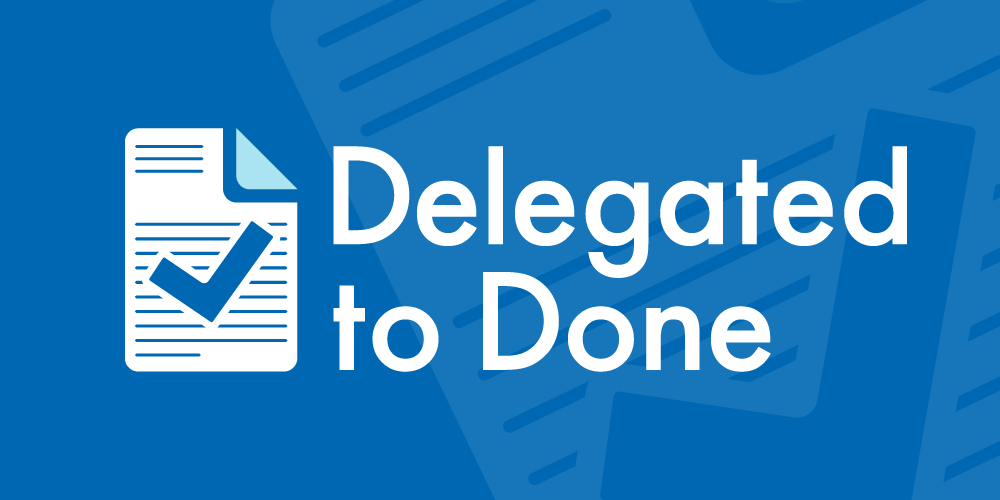Each generation in the workplace, just like each individual, has different priorities. You’d like to think that their main focus was the company that you all work for but work may not be the highest ranking priority on their list. It all comes down to upbringing and experience. When you know where they stand, you can then coach them towards appropriate goals that will benefit them as well as the company as a whole.
Examples of Generational Priorities
- In-betweeners – this generation values loyalty to employer even over a career. Work was more important than family. They believe in a good day’s pay for a good day’s work.
- Baby boomers – much like the in-betweeners, boomers also make loyalty a priority and work over family. There is an order to things that involves respect and following instructions.
- Gen X – as “latch key” kids, this generation seeks to elevate the priority of the family after seeing their parents work hard and sacrifice time at home. They do value career and their needs but also family.
- Gen Y – they were also “latch key” kids so family is also important. They want to have it all and strive to do so, some even waiting to have kids until the career is established. This way, they are more financially secure and can devote ample time to their children.
- Millennials – they are used to instant gratification from parents, video games and friends through technology. They want to advance in their careers quickly to make more money even if they are not yet ready.
Generational Preferences for Leadership
With all of that said, how does each generation deal with leadership and issues and how does that affect you as manager? As an example, In-betweeners and Baby boomers prefer to speak face-to-face or on the telephone when it comes to communication. Other generational groups are comfortable with newer technology like text messaging, email, and instant messaging. Older generations will use email because it’s new and different but do like the respect of the personal touch.
The following steps will assist managers with coaching their employees no matter what the generational gap:
- Articulate your reason for the conversation – state the purpose clearly and succinctly.
- Get to the point – don’t beat around the bush. State the reason for concern up front.
- Ask and listen – each generation has something valuable to offer. Ask about what you don’t know and then listen to what they have to say.
- Find solutions – let the employee lead the way as far as ideas to solve any conflict or concern.
- Clarify your expectations – make plain what you expect from their job performance and how you will come to mutual solutions together.
- Keep it positive – always leave a meeting with a team member with a positive spin on things.

